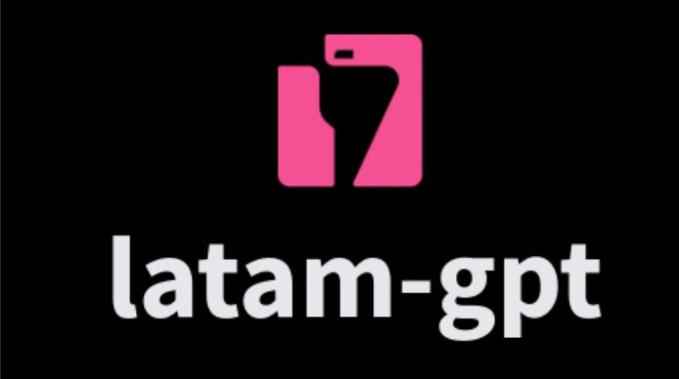Latam-GPT, the artificial intelligence model trained to understand Latin America better than ChatGPT

The first version of this technology, developed by Chile and Brazil in collaboration with professionals from other countries in the region, will be launched in a few weeks.

Latam-GPT, the first artificial intelligence language model created in Chile in partnership with Brazil, aims to compete head-to-head with ChatGPT , Gemini, DeepSeek, and other technologies. The project, which will focus on Latin America and the Caribbean, was highlighted by President Gabriel Boric in his latest Public Address held this Sunday as a milestone: "The digital future must also speak our language, with our voices, and for our people."
Rodrigo Durán, manager of the National Center for Artificial Intelligence (Cenia), the private nonprofit organization that coordinated the development of Latam-GPT, says the spirit of this initiative is not to directly compete with other international players, but rather to improve the performance of any technological solution for countries in the region.
The executive explains that they're not simply looking to create a platform: "What we want is to promote the adoption of these technologies from an ethical and responsible perspective. That's our goal with this project: to put artificial intelligence at the service of people in Latin America."
A chatbot with a Latin American identity
When ChatGPT was launched in late 2022, a group of researchers from Ceina had already begun working full speed ahead on this artificial intelligence language model a few months earlier, and within two years had managed to gather a wealth of key information from different countries to strengthen its algorithm.
The difference with other models is that it will be trained with a large proportion of data from the region. "It won't be better at answering questions like biochemistry or business models—unless they're from Latin America—but its great strength will be its knowledge of the local context. In other words, Latam-GPT will know more and better about Latin America than any other model not trained with this data," says Durán.
Anyone will be able to use this technology for free, and the first version of the Large-Scale Language Model (LLM) will be released between June and July, says Chilean Undersecretary of Science Cristián Cuevas Vega. “The idea is for it to reflect Latin America's diverse cultural background. We also seek to somehow offer technological independence and sovereignty to the region,” he asserts.
Brazil joined the project after Boric visited Brazil in April, where the two countries signed a Memorandum of Understanding (MoU) to collaborate on the development of artificial intelligence. However, other countries, such as Colombia and Paraguay, are already interested in participating in the initiative, which has benefited from the collaboration of nearly thirty institutions from different nations in the region, in addition to investments from the Development Bank of Latin America and the Caribbean, formerly known as the Andean Development Corporation (CAF), and the Data Observatory Foundation through Amazon Web Services (AWS) loans.

The greatest challenges have been building a sufficiently large and representative database for the region. Unlike companies like Google, Meta, and Open IA, Cenia doesn't have its own data sources. Therefore, they launched a campaign to invite research centers, public institutions, archives, libraries, universities, social organizations, publishing houses, film producers, and individuals from across the region with access to large volumes of data to collaborate on the Latam-GPT training.
The data submitted by these organizations is processed and refined at Cenia, where approximately 12 coordinators from different areas and around 60 collaborators work. Undersecretary Cuevas anticipates that this group may be expanded. "We are developing this project using an open source [código abierto en español] , so anyone anywhere in the world could interact with our AI model."
Adapt to Mapudungu and Rapanui
In Chile, they hope to adapt the model to indigenous languages. In fact, researchers are already working on developing software in languages such as Mapudungu—spoken by the Mapuche in southern Chile—and Rapanui, the language of the ancestral communities of Easter Island. Durán indicates that this could be released in March 2026, depending on the development of a translator: “It's complex when we talk about unwritten or indigenous languages, which have few written resources, because we encounter many concepts that don't have a literal translation.”
For now, the first version of Latam-GPT will be fluent in Spanish, Portuguese, and English. It's expected to initially function as a chatbot , although it could expand to other functions in the future.
Maolis Castro wEl Pais Newspaper, Spain Santiago de Chile - June 4, 2025 -






